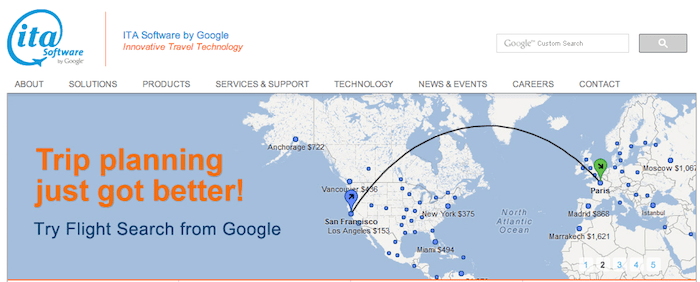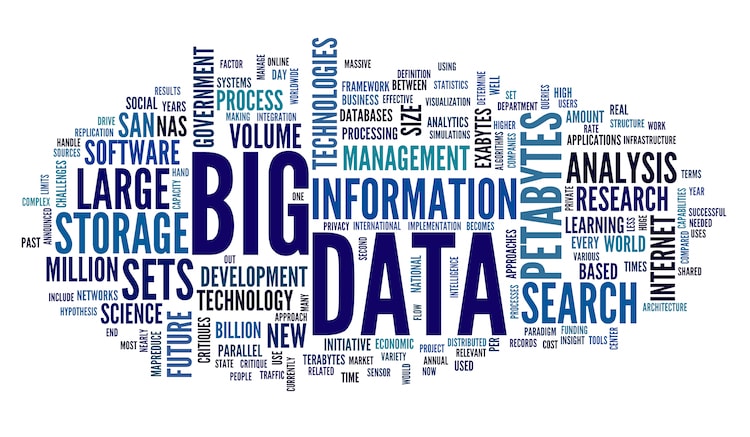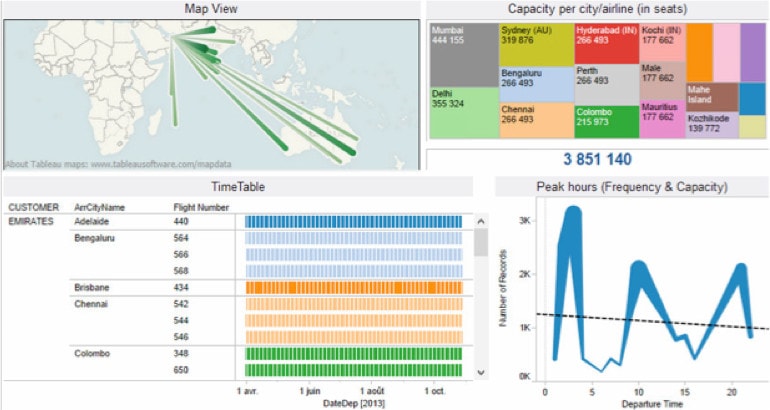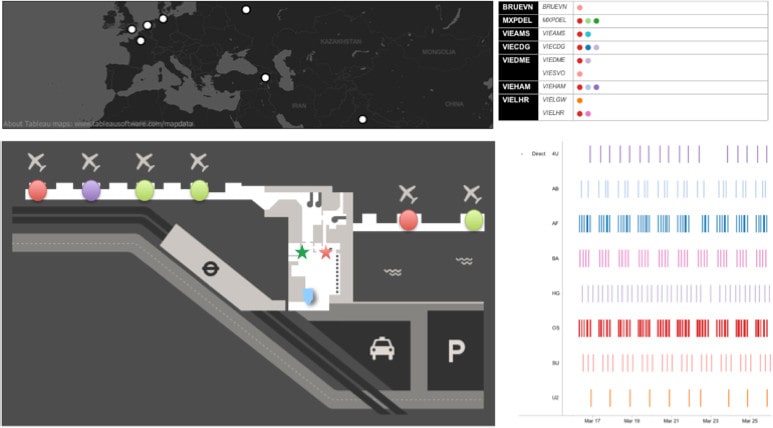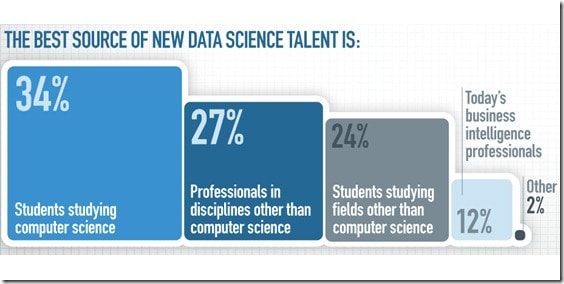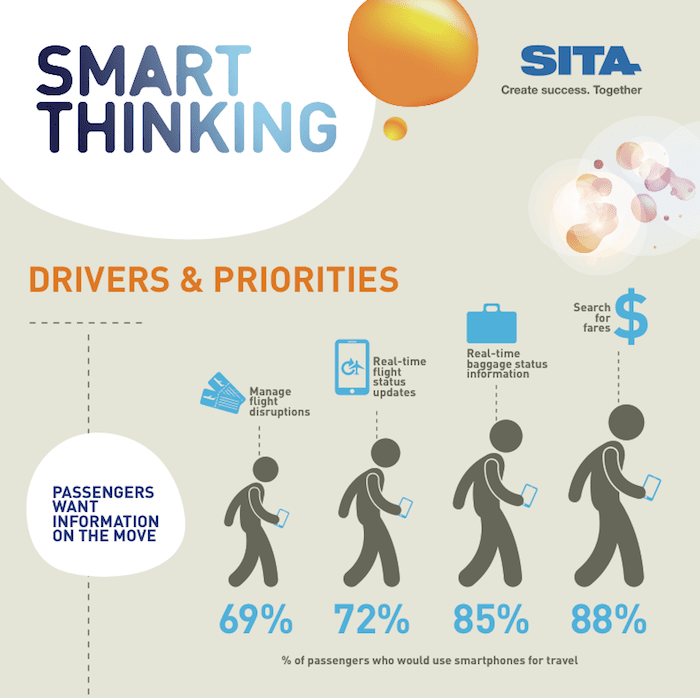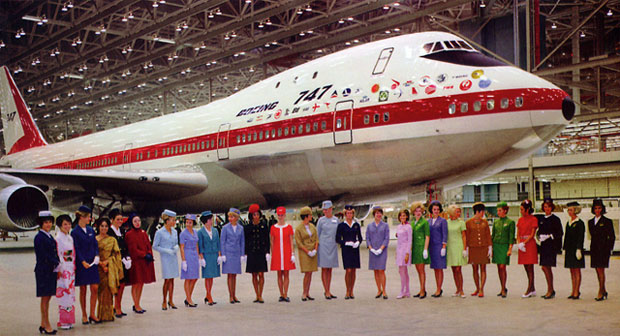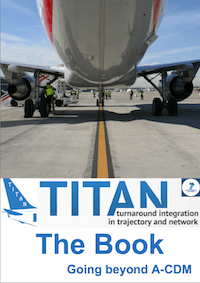In this Airtalk we are going to deepen in other technologies applied to aviation, the visual data analytics and business intelligence in aviation, to be more precisely, those applied to airlines, airports and travel distribution. I wonder you know heard about BigData, data science, forecasts, BI, etc. And you probably also read about corporative movements about the Global Distribution Systems (GDS) for air travel, Google as a new player in this field, etc. With no more dilation I want to introduce you to Jerome Perez, the CEO of AirCube. (Linked In Profile)
Air Cube is a Travel Technology & Consulting company, specialized in tailor-made Visual Data Analytics Solutions turning big data into relevant data for airlines, airports and travel distribution players. Jerome spent the last 20 years close to the key players of the aviation and travel industry, through engineering, business consulting and marketing missions. Since Jan 2011, he is the CEO of Air Cube. Please, keep reading this interview.
[aeriaA] Tell us about Air Cube, how did you start it? Air Cube’s vision, services, achievements, etc.
[Jerome Perez] Air Cube started from a very simple finding. Whereas financial pressure grows, operational constraints, a new deal has to be invented in the aviation industry. Players can no longer remain steady in their playground; airports, airlines, civil aviations, all need to share IT and business initiatives. It is vital.
The original concept of Air Cube aims at gathering expertise from all sectors of the aviation industry to cover the whole ecosystem of our customers. Our expertise is translated into 2 interconnected business lines:
– IT & Business consulting
– Business Intelligence / Visual Data Analytics solutions
After over 3 years, we kept this initial strategy successfully having helped companies from different horizons within the industry such as ATPCO (travel distribution), XL Airways (airline), OptionWay (Online TA) or Lyon (LYS), France airport.
[aeriaA] How are changing the Distribution networks for the airline and related services and Products? How are they now?
[Jerome Perez] It is exactly the same finding than for relation between the travel industry players. Airline distribution is based on over 60 years of vertical development, supported by a extremely nice growth with no incentive, no need for innovation.
New technologies putting airlines offer at the consumer fingertips, new business models (Low costs) changes the equation and forces airlines and airports to be reinvented.
[aeriaA] What is your opinion of new GDS paradigm trying to break the old protocols and trying to get advantage of the present Internet technologies and standards? We see the Google/ITA movements, IATA New Distribution Capability, Farelogix, etc. Does it make sense to have intermediaries as Amadeus, Sabre, etc.?
[Jerome Perez] The whole discussion around the end of GDSs is pure marketing. The reality is much more simple. The deal has changed and a new balance has to be found. The global reach with robust distribution systems like GDSs will remain essential, while more flexibility, diversity will be delivered by players such as Google/ITA, Farelogix.
Now, if we take a first look at what happened the last few years, we can observe that the distribution through such players remains quite marginal. But those players are disruptive and initiated a new positive dynamic in the distribution industry.
[aeriaA] Well, Big Data is on the hype cycle, but data still need to be well formatted, cleaned, aggregated and focused on the business domain that is going to be analyzed, data mining and all the statistical models and techniques that can analyze the proper variables/parameters, the correlations, filter, groups, etc. are great but they still need to human touch for validating the scenarios. What is your opinion about the Big Data hype and how the aviation/travel industry is facing it; they have been analysing data since the beginning of times.
[Jerome Perez] In a way the answer is in the question. Big Data is nothing without the human touch. Big Data is the result of the digitalization of all processes and the storage capacity in the aviation/travel industry like any other industry.
From my perspective the big change is that technology provide us today the capability to visualize big data in a simple and fast manner. In such a way where the human touch can play in harmony with technology. A “what if” question can be visualize instantly and therefore analyze instantly by humans.
That is exactly what we believe at Air Cube. Our aviation/travel expertise is at the service of those new technologies to turn aviation/travel industry big data into relevant, actionable data. That’s the only thing that matter at the end of the day: I do not care about how big is my data, I just want to know the action I should take.
[aeriaA] Despite the statistical models and methods, in Big Data, what are the key technologies playing today for its success? (I mean NoSQL databases, hadoop, Complex Events Processing tools, etc.)
[Jerome Perez] From an Air Cube perspective, Big Data technologies are tools. We let the experts develop and improve the tools. We are not tighten to a specific technology, we will keep focusing on the human touch leveraging the technology.
[aeriaA] As it can be seen in your tailored dashboards, you can monitor and analyse airports and airlines data, what type of data is the most requested?
[Jerome Perez] Competitive data is probably the most requested type of data. In others words how am I positioned versus the others from financial, operational and quality perspectives (in decreasing order. obviously). The second set of data would be definitely customer related data in order to deliver personalized services.
[aeriaA] What is the analytics trend in the airlines network routes and fleet management?
[Jerome Perez] My answer will apply to all type of analysis in the aviation/travel industry. I believe that the trend is to include heterogeneous data, coming from other areas from your native aviation area, and other industries. To be more specific to the airlines network analysis, today a major part of the analysis is based on historical data, existing business models within the aviation/travel industry. The fact is that business models evolve quicker and makes historical data less relevant. As a result the need of forecasting with a wider set of data is a must.
[aeriaA] How do you think the new airports capacities can be optimized through the huge initiatives and projects launched by Europe and USA, as SESAR, NextGen SWIM, A-CDM, 4D business trajectories, etc.?
[Jerome Perez] Again optimization will come through extended cooperation between the main players of the industry. The luxury of the “old times” where each player was making enough out of its own playground is over. Both economical constraints (eg: the cost of fuel) and the operational constraints (constant passengers growth) make it vital for all players to take common initiatives. The main complexity is that a given initiate, lets take as an example A-CDM, is not providing the same level of direct financial and operational benefits from one player to another. That’s obviously where the regulators need to be the game rulers, for the whole industry benefit.
[aeriaA] For newcomers interested to become a Data scientist (please statisticians do not offend) in the air transport industry, what are the skills and domain knowledge they must know and what areas they must focus on?
[Jerome Perez] Short answer. They need to be open minded in terms of technology (ie. Keep the pace of technology changes) and above all understand in depth their industry from an IT and business perspective: the human touch.
[aeriaA] What about the Passenger Experience, the new field of innovation thanks to smartphones, social networks, and the new ways of communications between consumers, airlines and airports. I think the vast of channels must be standardized in the near future to assume “real time” customer’s support and passenger behaviour.
[Jerome Perez] It is true that from a consumer perspective, mobile technology increased the transparency and eased the access to information. The move to 100% electronic ticketing, mobile boarding passes have already improved the customer experience in a great manner. But we are still at the infancy of innovation in this area. On the other hand, real time, social, viral are buzz words; at the end of the day what matters from a passenger experience perspective is not to be collapsed under information, but simply to feel in control over its travel from the very early search and booking process.
[aeriaA] When we finally have the passengers “monitored” and “tracked”, airports and airlines could boost its revenues and partnerships through the data collected and make them available to 3rd parties as retail, municipalities, public transportation, tourism providers, etc. The potential of new services is huge for personalized services. The APIs will come to this field to govern these services. Do you know real examples of this? Are the airports and airlines prepared for taking advantage of this new paradigm? I hope we junk our fidelity cards and hold them virtually. What are in your opinion the most promising technologies applied in airports for the next 5 years?
[Jerome Perez] Indeed, no need to be naïve. The tracking of passengers aims at improving services but also increasing ancillary revenues. But I would say that this is a global trend not only applicable to our industry. I do believe, or at least hope, that new technologies will be less commercial oriented and will focus more on the passenger flow within an airport, which is today the main bottleneck. I do not know about you but even if I fly very often, the multiple barriers we need to cross from the airport entrance until the arrival airport exit is incredibly painful. The sole peaceful area being the duty free zone!
Digital bag tags, fast track security clearance are some of the initiatives that could improve significantly the passenger experience once they are generalized.
[aeriaA] What were your best projects that made the difference in your career or personally?
[Jerome Perez] My best project is a whole. I had the opportunity to work successively for and with civil aviation authorities, airport authorities, airlines and travel distribution players.
[aeriaA] What do you attract most from this world of aviation and air transport?
[Jerome Perez] The power of going one step beyond.
[aeriaA] Tell us about you, your hobbies, ambitions, etc. Are you an avgeek?
[Jerome Perez] Flying, diving and dreaming
[aeriaA] Mercí beaucoup Jèrôme.
If you found it interesting, you can share it at twitter, facebook or LinkedIn. You can also see more interesting contents at Twitter, Facebook and LinkedIn
For more information:
AirCube. www.air-cube.com
Jerome Perez LinkedIn Profile. www.linkedin.com
IATA New Distribution Capability. www.iata.org/whatwedo/airline-distribution/ndc/Pages/default.aspx
Data Scientist. blogs.technet.com/b/next/archive/2012/02/13/data-scientist-the-best-gig-in-the-future.aspx#.U2aN561_vDl
aeriaA articles about The beginnings of GDS systems. Part I and Part II
Google ITA Software. www.itasoftware.com
Farelogix. www.farelogix.com



